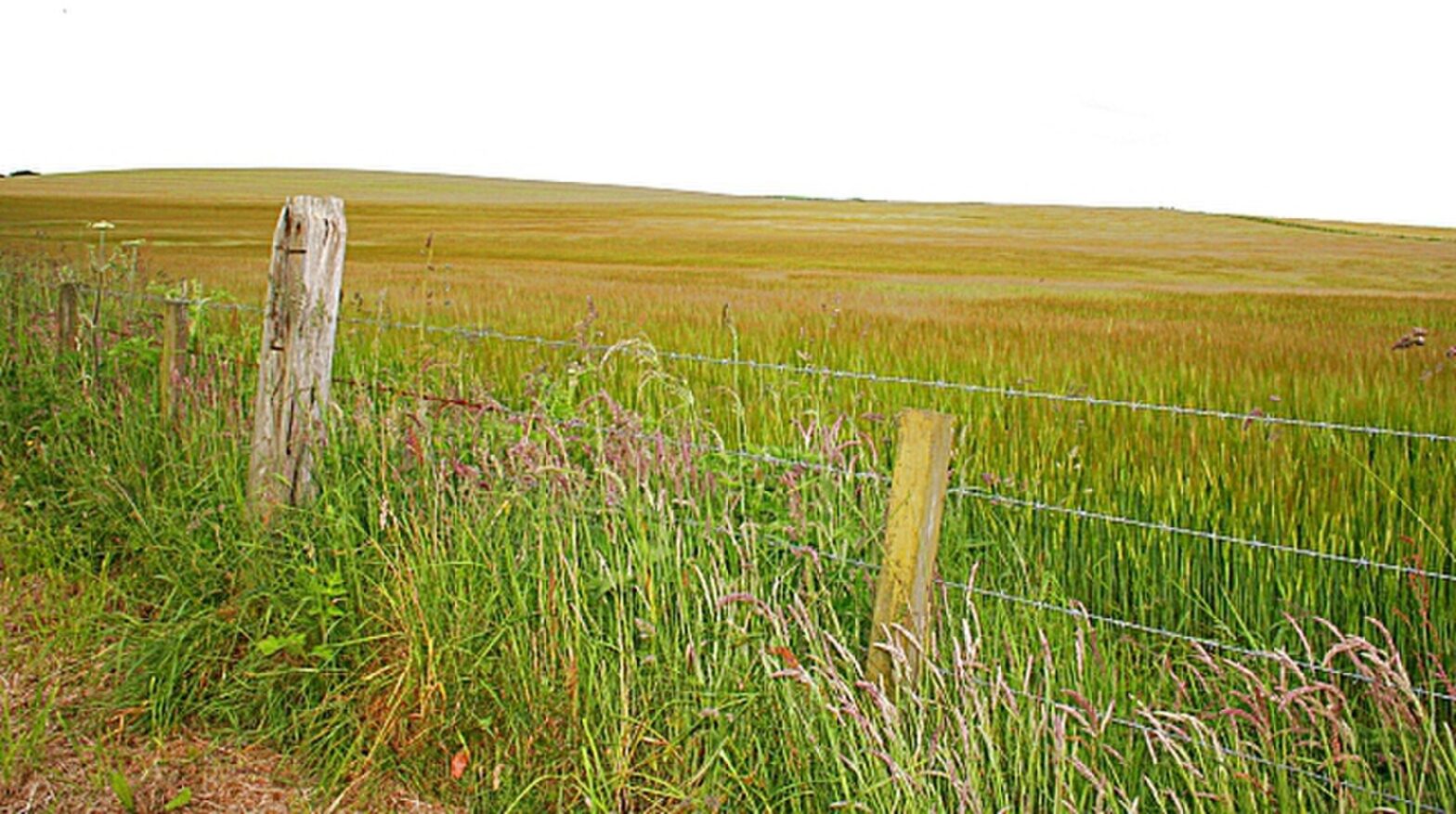During the Cold War, the United States became obsessed with food production as a weapon in the war against communism. Consequently, the United States doubled down on policies to encourage abundant excess, such as subsidies for farmers based on sheer quantity—rather than, say, quality—of food produced.
Today, the nutrition transition is happening around the globe—and quickly.
This is no accident. All that excess from “quantity over all else” global agriculture had to go somewhere.
It wasn’t just grain (soy, too, for example), and the sacrifice wasn’t just the quality of the food, but entire local economies that previously had not been based on monocultures.
And the glut—just like after World War I—was fed to animals, fueling a growing global meat industry. (The excess grain was also dumped into developing countries as “aid,” undercutting local farmers and economies, and it was made profitable when transformed into highly processed snack foods.) It is hard to overemphasize the power and dominance that multinational food companies accrued in this process.
– Paolina Lu, “Why Seek Impossible Foods?” (Public Books)
[…]
As we eat our way into the future, instead of choosing “new foods” that perpetuate the same systems, perhaps we should be opting into different systems.”
Global Nutrition Transition
